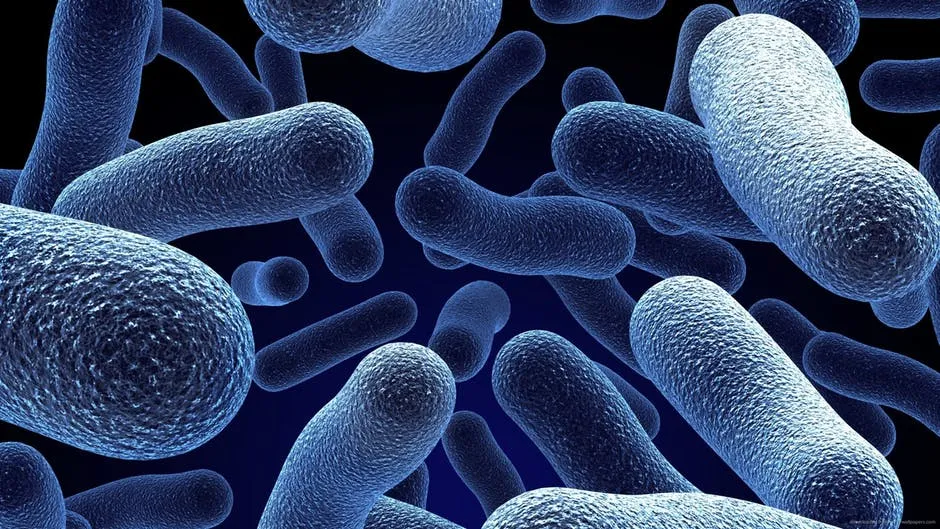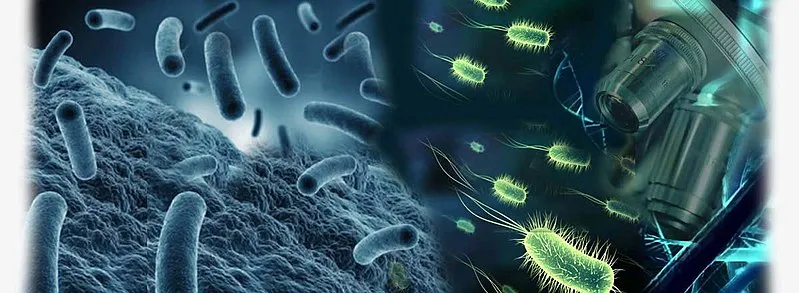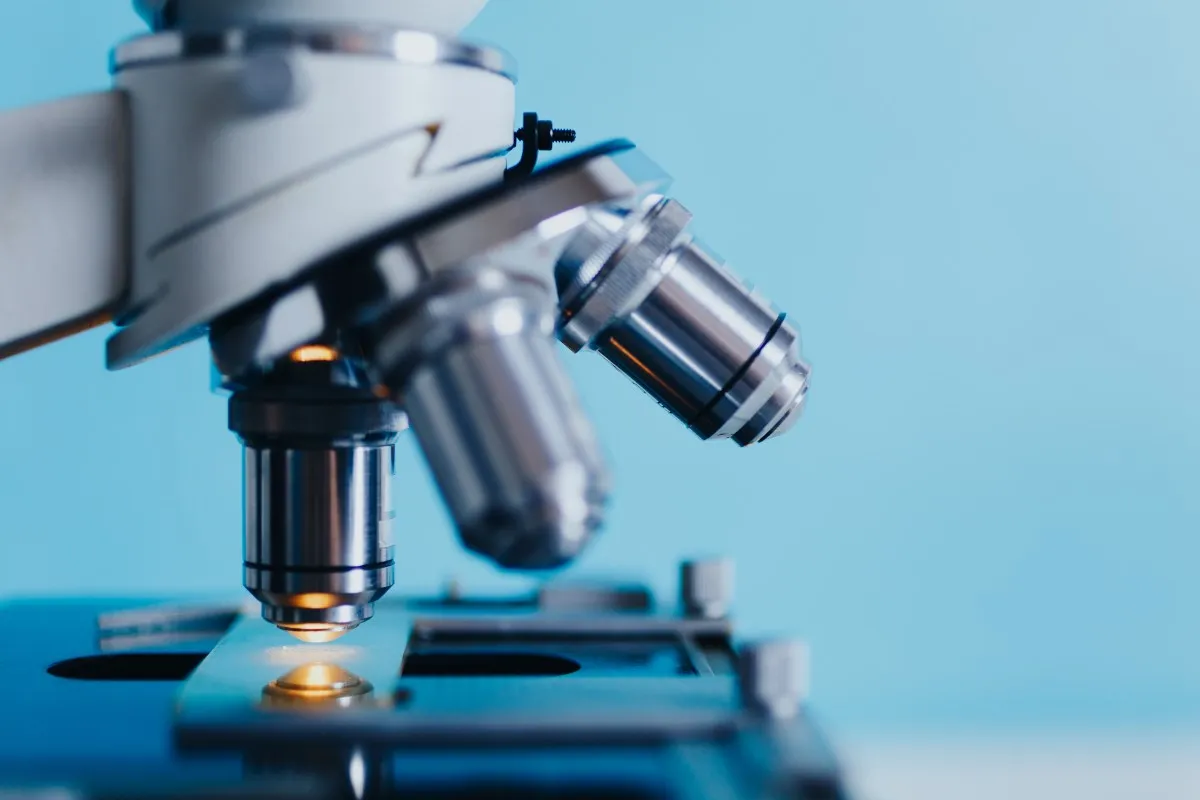Hi Everyone,
Yesterday after meeting with my doctor, I was told that the bacteria which infected my kidney three months ago is entirely a difficult one. Apparently, I didn't understand much, which means, it's time to learn something new. Let's take a peek at the world of microorganism.

Microbiology is the study of "small life" - in other words, the study of all living organisms which are too tiny to be visible to the naked eye and are usually visible only through a microscope. Such microorganisms are referred to as microorganisms or microbes.
Microorganisms were discovered three hundred years ago, and it is estimated that only a small percentage of the microorganisms that exist have been recorded and studied so far. That's relatively small, and many studies are required to understand these living organisms better. Microbiology is a broad term that comprises bacteriology, parasitology, mycology, virology, phycology, and other branches or sections of biology. Pretty neat, huh?
So, microorganisms comprise archaea, bacteria, viruses, protozoa, protists, microscopic fungi and moulds, yeasts, and microscopic algae. Note that viruses, though not always strictly classed as living organisms, are included. Bacteria are a big group of unicellular prokaryotic microorganisms. A few micrometres in length, bacteria have a wide range of shapes, ranging from spheres to rods and spirals. Archaea are single-celled microorganisms. Like bacteria, Archaea are prokaryotes and have no nucleus cell or other organelles in their cells. Archaea and the bacteria are pretty similar in shape and size however archaea possess genes and several metabolic ways that are much strictly similar to the eukaryotes. That was quite sophisticated isn't it?
Viruses are sub-microscopic infectious agents that are unable to grow or reproduce outside a host cell.
Microbiologists debate whether or not viruses are living organisms. They do not meet all the criteria used in the typical definitions of life. But, viruses have evolved by natural selection and had genes.

Fungi are eukaryotic, heterotrophic organisms. The majority grow as multicellular threads referred to hyphae creating a mycelium, although some fungal species develop as single cells. Fungi that are mostly invisible to the naked eye are classed as microorganisms. Yeasts, moulds, and mushrooms are examples of fungi. Algae include many single-celled organisms that are also considered protozoa, such as Euglena. Blue-green algae are in fact bacteria that obtain their energy through photosynthesis. They are generally, and more correctly, referred to as cyanobacteria.
Protozoa are mostly single-celled, motile protists that feed by phagocytosis, though there are numerous exceptions. Examples of protozoa include Euglena, Amoeba, Paramecium, and Toxoplasma. Protists are a different group of eukaryotic microorganisms. Protists were earlier divided into the one-celled protozoa, the plant-like protophyta (mostly single-celled algae), and the fungus-as slime moulds and also water moulds.
Microbiology consists of both prokaryotic and eukaryotic microorganisms, but the majority of microbes are prokaryotes. Prokaryotes are a society of organisms that do not have a membrane-bound nucleus; they do not possess a nuclear membrane or nuclear envelope. They have DNA, but the DNA is not enclosed in a layer of membrane or envelope. Also, they do not possess other membrane-bound organelles. Most are single-celled, yet a few prokaryotes like Myxobacteria have multicellular or many cells stages in their cycles of life. The prokaryotes are classified into two regions: the bacteria and the archaea. Eukaryotes are defined as possessing a nuclear membrane enclosing their nucleus. Many eukaryotic cells also include other membrane-united organelles like chloroplasts, mitochondria, and Golgi bodies. Plants, animals, fungi, and protists are eukaryotes.

Probiotic bacteria and yeasts have been used to ferment foods for thousands of years and can be found naturally in foods like yoghurt, buttermilk, kefir, tempeh, miso, sauerkraut, root vegetables, and fermented milk and sausages. It's important to understand, nevertheless, that not all bacteria in yoghurt or fermented milk products have a probiotic effect. For a product to be labelled "Probiotic," the specific strains of Lactobacillus or Bifidobacterium (the most common probiotics) present in the product must demonstrate a clinically significant health benefit. In other words-simply eating, yoghurt doesn't mean that you're getting the right amount of good bacteria. More intensive research is required to determine which probiotics or combinations of probiotics are most useful for disease treatment and prevention.
For that reason, supplements are an efficient way to ensure that you're receiving enough probiotics to provide a health benefit. These supplements come in tablet, capsule, and freeze-dried form; however, when and where you purchase the supplements is crucial. Because the microorganisms are alive, they are highly sensitive to light and temperature. If the supplement is mishandled or stored improperly, it may contain few active organisms. More than a billion live "colonies" are required for the probiotic to confer a health benefit.
Well, that's pretty much covered everything. I'm not sure if I missed anything, but if I did, please leave your comment to help me understand these tiny living organisms better.
References and further reading materials
- Rebecca Levenson. Sharonapbio-Taxonomy. Protista. Retrieved March 13, 2018, from http://sharonapbio-taxonomy.wikispaces.com/protista
- Diffen. Archaea vs. Bacteria. Retrieved March 13, 2018, from https://www.diffen.com/difference/Archaea_vs_Bacteria
- New World Encyclopaedia. Protist. Retrieved March 13, 2018, from http://www.newworldencyclopedia.org/entry/Protist
- Caister Academic Press. What is Microbiology?. Retrieved March 13, 2018, from https://www.highveld.com/microbiology/what-is-microbiology.html
- Malaysia University Portal. Academic Guide: Microbiology. Retrieved March 13, 2018, from http://www.malaysiauniversity.net/academics/academic-guide-microbiology/
- Wikipedia. Prokaryote. Retrieved March 13, 2018, from https://en.wikipedia.org/wiki/Prokaryote
- Dark Biology. Prokaryotes and Viruses. Retrieved March 13, 2018, from http://www.darkbiology.com/prokaryotes(bacteria%20and%20archaea).htm
